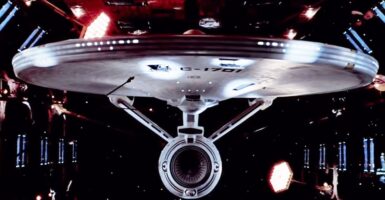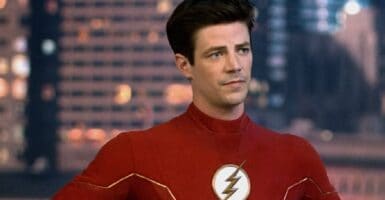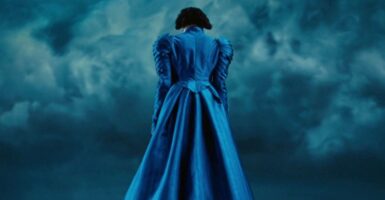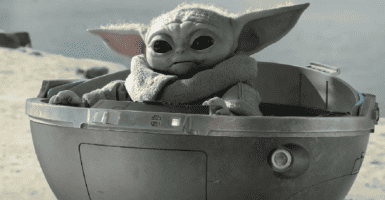Star Wars Cinematographer Gilbert Taylor Passes Away At 99
This article is more than 2 years old
 Science fiction, and the film world in general, has lost an important figure this week, as cinematographer Gilbert Taylor passed away at his home on the Isle of Wight at the age of 99. Words like “important figure” seem like a gross understatement to describe someone with Taylor’s career. He lensed 70 films, including Star Wars, Flash Gordon, and The Omen, and worked with directors like Alfred Hitchcock (Frenzy), Roman Polanski (Repulsion and more), and Stanley Kubrick (Dr. Strangelove or: How I Stopped Worrying and Learned to Love the Bomb). In 2009, Taylor actually said that Dr. Strangelove is the film he’d most like to be remembered for. You can see why a term like icon or legend might be more appropriate terms to use when talking about Taylor, who also shot A Hard Day’s Night for the Beatles and Richard Lester.
Science fiction, and the film world in general, has lost an important figure this week, as cinematographer Gilbert Taylor passed away at his home on the Isle of Wight at the age of 99. Words like “important figure” seem like a gross understatement to describe someone with Taylor’s career. He lensed 70 films, including Star Wars, Flash Gordon, and The Omen, and worked with directors like Alfred Hitchcock (Frenzy), Roman Polanski (Repulsion and more), and Stanley Kubrick (Dr. Strangelove or: How I Stopped Worrying and Learned to Love the Bomb). In 2009, Taylor actually said that Dr. Strangelove is the film he’d most like to be remembered for. You can see why a term like icon or legend might be more appropriate terms to use when talking about Taylor, who also shot A Hard Day’s Night for the Beatles and Richard Lester.
Born in 1914 in Bushey Heath, Hertfordshire, England, Taylor began working in the industry in 1929. That’s not a bad run, especially for a man who began his career as a camera assistant and clapper loader at London’s Gainsborough Studios. Though he retired from shooting feature length films in 1994, he continued to work, filming commercials for years after that. During World War II, at the request of Winston Churchill, Taylor, who was serving in the Royal Air Force at the time, filmed the aftermath of the night raids over German. In 2001 the British Society of Cinematographers presented him with their lifetime achievement award.
Working on Star Wars proved to be something of a trying experience for Taylor, who is on record saying that George Lucas avoided having almost any contact with him from the very beginning of production. He once told American Cinematographer, “I read the extra-long script many times and made my own decisions as to how I would shoot the picture.” Which makes it sound like he had a rather strong hand when it came to determining the look of that particular piece of science fiction history.
Dr. Strangelove, however, was a different, much happier experience, even working for a notoriously demanding auteur like Kubrick. Taylor referred to lighting the famous War Room set as, “sheer magic.”
Taylor met his wife, Dee, a script supervisor, in 1963, while working on the set of the film The Punch and Judy Man, and the two had been together ever since. They worked together for years, in the film business as well as outside. During the 1970s the British film industry underwent a serious economic downturn, and the enterprising couple actually set up their very own dairy farm, complete with more than 250 head of cattle.












